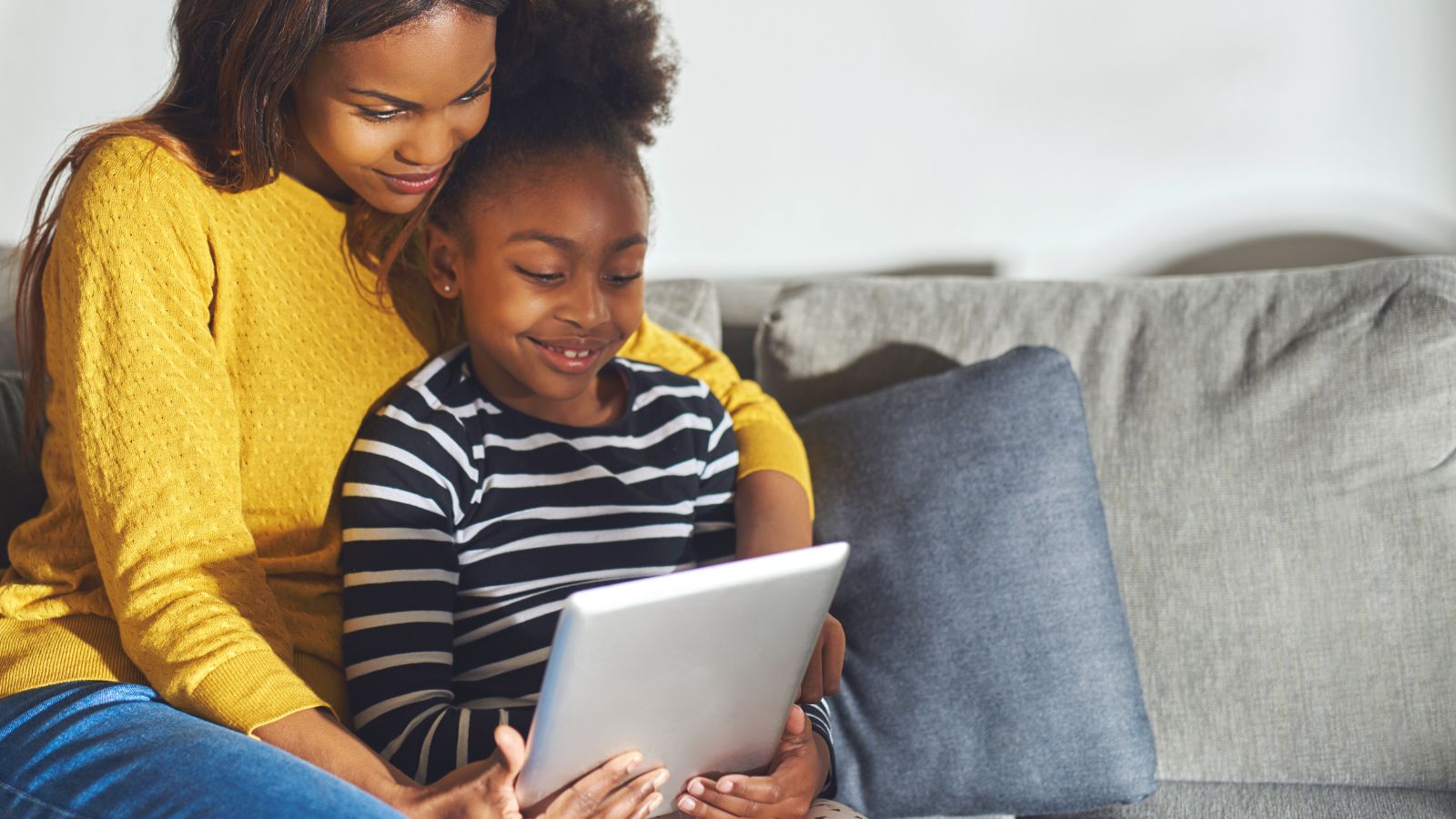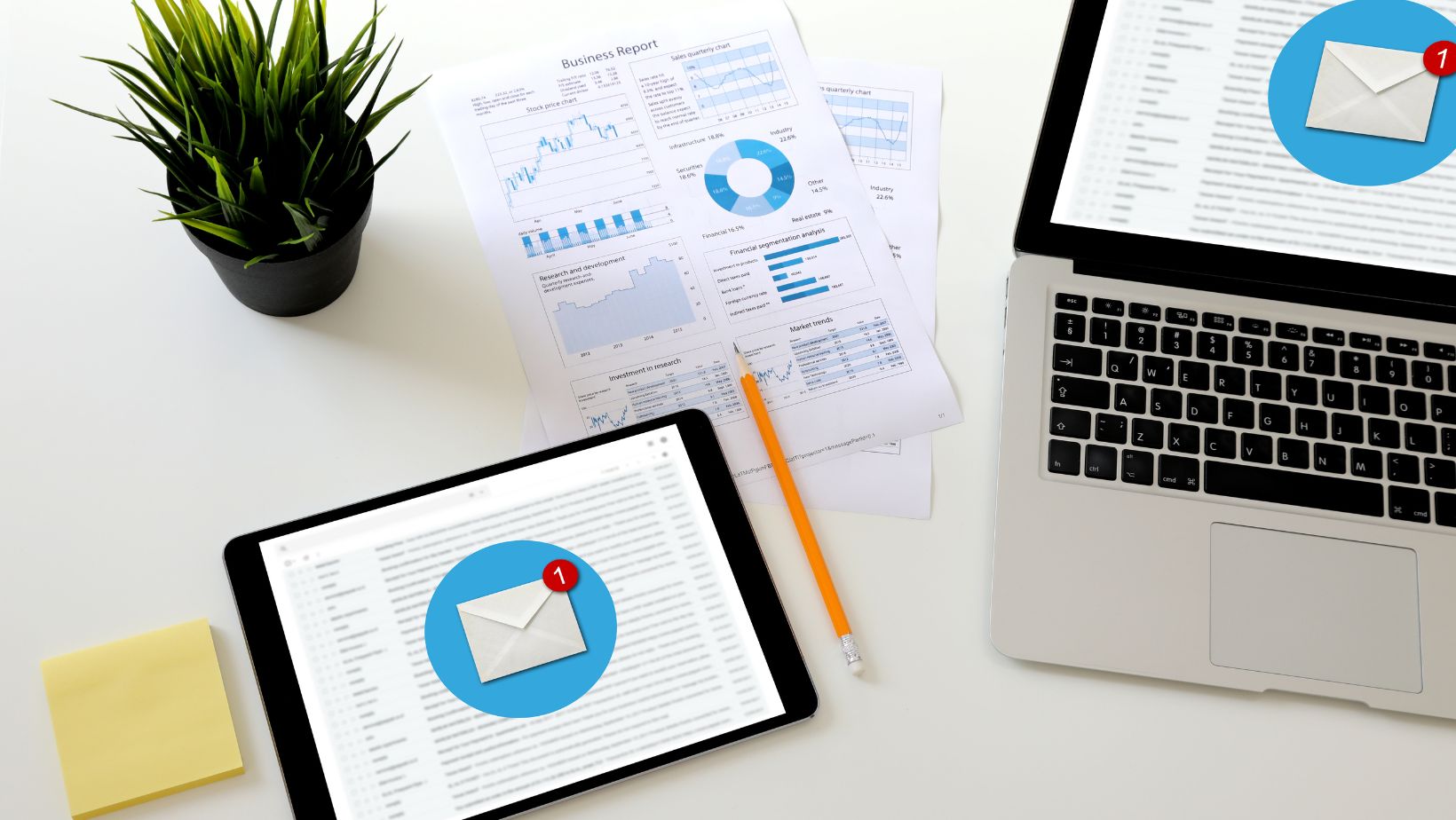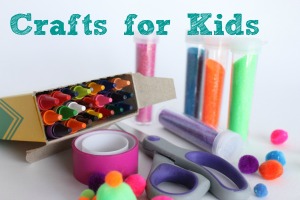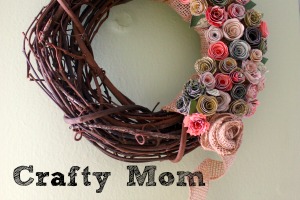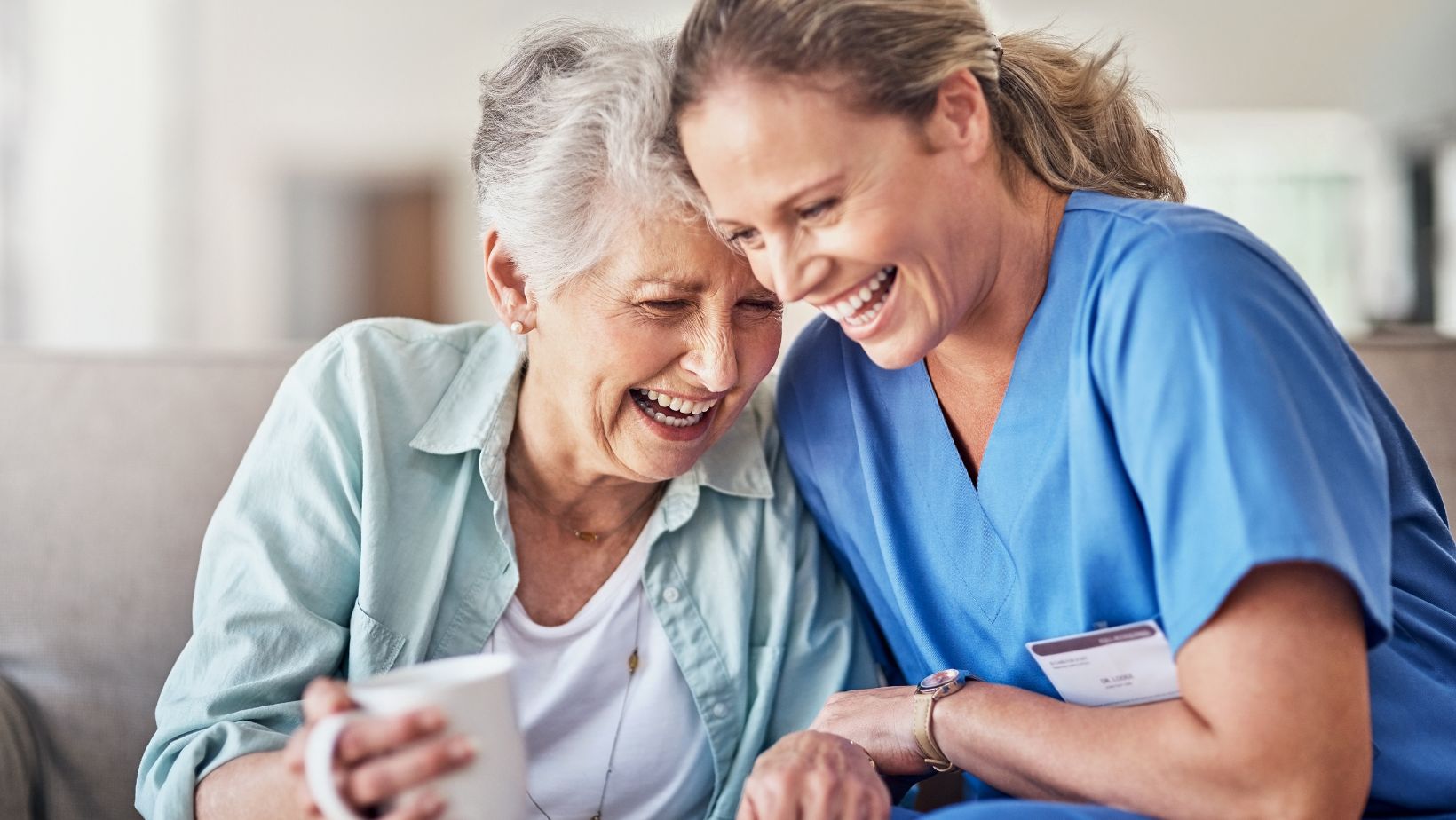
If you’re like me, someone caring for a loved one at home, you’ve probably heard about the big changes happening to New York’s CDPAP (Consumer Directed Personal Assistance Program). Maybe you’re feeling confused, anxious, or even a little frustrated. I get it—because I’ve been there too.
When I first heard that the state was overhauling how CDPAP works, my stomach dropped. This program has been a lifeline—not just for my relative, but for me. It’s allowed me to provide care with dignity, and yes, get paid for the work I already do every day out of love.
So what’s really going on? Why is this happening? And most importantly, what can you do now to make sure you and your loved one stay protected?
Let’s walk through it together.
What Is CDPAP and Why It Matters to New York Caregivers and Patients
CDPAP is a Medicaid-funded program in New York State that allows someone who needs daily care to hire their own caregiver—including a family member or close friend. That’s what makes it so unique. Unlike traditional home care, where a nurse or aide from an agency comes in on a schedule set by someone else, CDPAP gives families the freedom to choose who provides the care and how.
For many of us, it’s been the only way to keep our loved ones out of nursing homes and in familiar surroundings. It’s not just about “services”—it’s about maintaining quality of life and family bonds.
The Recent Changes to CDPAP in New York: Why It’s Shifting
In early 2025, New York State began making major structural changes to the CDPAP program. The biggest change? The state consolidated the number of organizations (called fiscal intermediaries, or FIs) that managed CDPAP. Instead of being able to choose from multiple providers, now all CDPAP participants are required to work with a single fiscal intermediary: Public Partnerships LLC (PPL).

The state’s goal is to reduce Medicaid spending and streamline administrative tasks. According to officials, this move is projected to save hundreds of millions of dollars. But the rollout hasn’t been smooth.
If you’ve been caught in the confusion—missed paychecks, unclear paperwork, or trouble getting support—you’re not alone. Thousands of families across New York are in the same boat. And that includes mine.
What This Means for You as a Family Caregiver in New York
The most immediate impact of the CDPAP changes is that if you haven’t switched to PPL yet, you need to. That means re-enrolling, submitting documents, and possibly learning a new system for tracking hours and payments.
For those of us who aren’t tech-savvy or just plain exhausted, this process can feel overwhelming. It’s not fair—but it’s reality.
I won’t sugarcoat it: this transition has caused a lot of stress. Some families have experienced gaps in care. Others are worried they’ll lose their eligibility or no longer get paid.
But here’s the truth: You still have options—and rights. And there are alternatives that can keep you caring for your loved one, while still getting compensated for the incredible work you do every day.
Feeling Uncertain About CDPAP in New York? You’re Not Alone
In our case, we hit a wall trying to get help during the switch. We called and emailed. We waited. We worried. We asked: “What happens if we don’t get approved in time?” “What if payments are delayed again?” “What if we have to find a new caregiver?”
These are valid concerns. But they’re also the reason we started exploring other options—especially through something called an LHCSA.
What Is an LHCSA and How Can It Help?
If CDPAP is all about consumer direction and family caregivers, Licensed Home Care Services Agencies (LHCSAs) are the traditional route. These agencies are licensed by the New York State Department of Health to provide home care services. They also handle scheduling, staffing, training, and—this is key—payroll.
Here’s the surprising part: many LHCSAs now offer ways for family members to work as personal care assistants (PCAs) under Medicaid. That means you can continue providing care and get paid, even outside of CDPAP.
The biggest difference? Under LHCSA models, you are hired directly by the agency. They manage your schedule, training, and paperwork. It’s a bit more structured, but for many people, it also offers more stability.
If the current CDPAP chaos is making your life harder, switching to a PCA role through an LHCSA might be the best move.
CDPAP vs. PCA in New York: What’s the Difference?
Let’s break it down simply.

For me, switching to an LHCSA model for PCA work gave us peace of mind. I didn’t have to track hours in an app that kept glitching. I wasn’t on hold for hours. I could focus on what really matters: taking care of my mom.
How to Switch From CDPAP to PCA in New York
If you’re considering the switch, here’s what you can do:
- Find a reputable LHCSA in your area. Some LHCSAs even specialize in hiring family members. Ask specifically if they help Medicaid-eligible families with PCA services.
- Ask if you qualify. Depending on your relationship to the person receiving care and their care needs, you may be eligible to become their PCA.
- Get assistance with paperwork. Many LHCSAs have coordinators who will help you fill out forms, submit documents, and navigate the transition from CDPAP.
- Start training (if needed). Some agencies require basic training or onboarding, but they usually provide this for free.
- Begin working and receiving pay. Once approved, you’ll be hired as an employee of the agency and start getting paid regularly.
Medicaid Still Covers the Care
One of the best things about both CDPAP and PCA programs is that Medicaid pays for it. So long as your loved one is Medicaid-eligible and meets the criteria for home care, you won’t be charged for services. That’s a huge relief, especially if you’re already juggling medical appointments, food costs, and everything else life throws your way.
Whether you’re being paid through CDPAP or as a PCA through a LHCSA, Medicaid is still the safety net holding it all together.
This Isn’t the End—It’s a New Chapter
I know how scary it can be when the system you’ve relied on changes overnight. But I also know we’re resilient. If you’ve been caring for your mom, dad, child, or spouse, you’re already stronger than most people could ever imagine.
So don’t give up. There are still ways to:
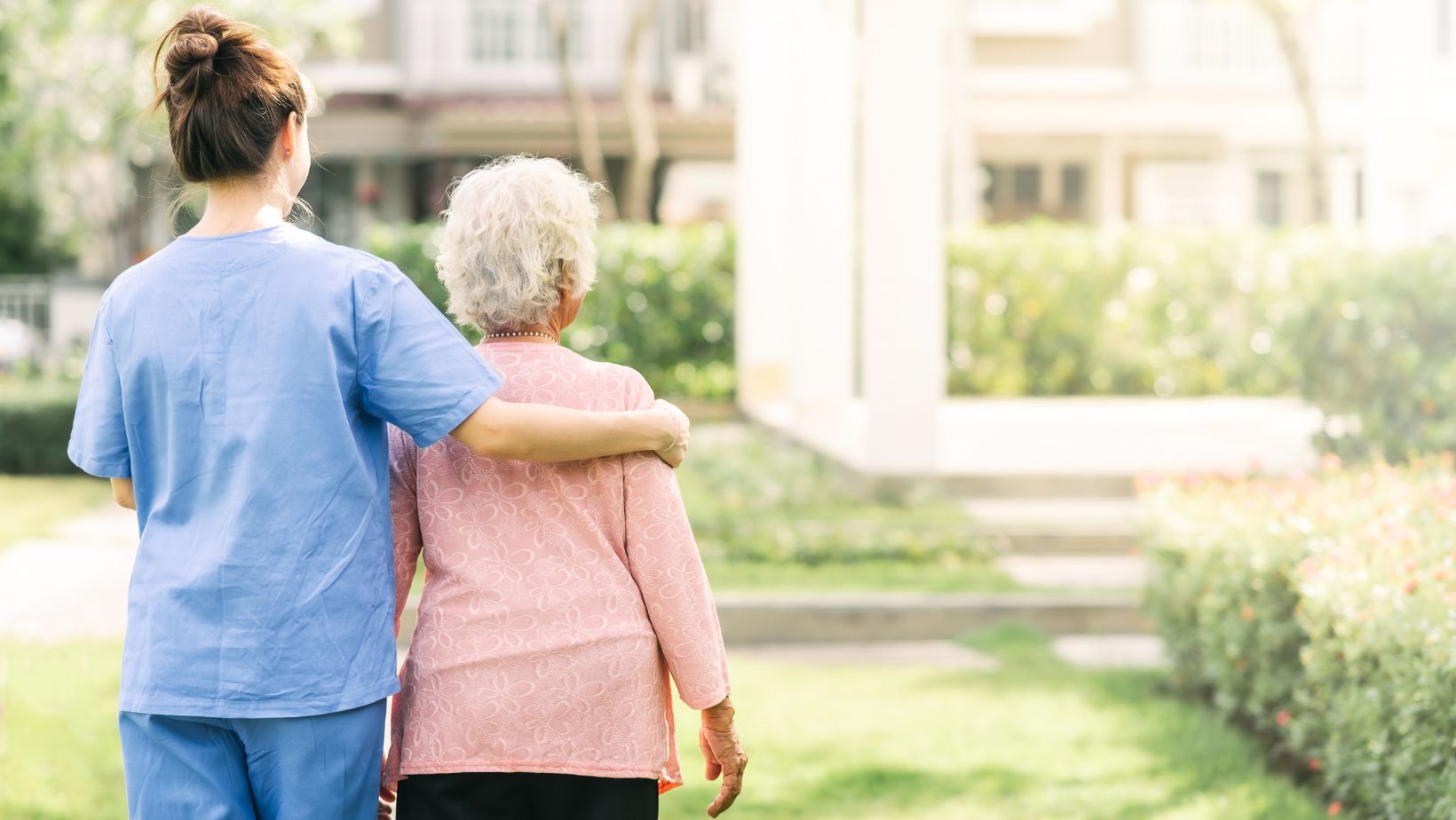
- Get paid as a family caregiver
- Continue providing care in the home
- Find support without losing control
Change is hard. But sometimes, it also opens doors we didn’t know were there. If CDPAP isn’t working for you anymore, don’t wait for the system to fix itself. Look into your local LHCSAs. Ask questions. Get answers.
And remember, you’re not in this alone.
Final Thoughts: You Deserve Support, Too
Being a caregiver isn’t easy. You give your time, your energy, your heart—and often, your income. It’s not “babysitting.” It’s skilled, emotional, life-sustaining work.
If you’re unsure what to do next, start by calling a local LHCSA and asking if they help family caregivers get paid as personal care assistants. Or contact your Medicaid Managed Long-Term Care (MLTC) plan to discuss your options.
You’ve already done the hard part: showing up for someone you love.
Let the system work for you for once.



